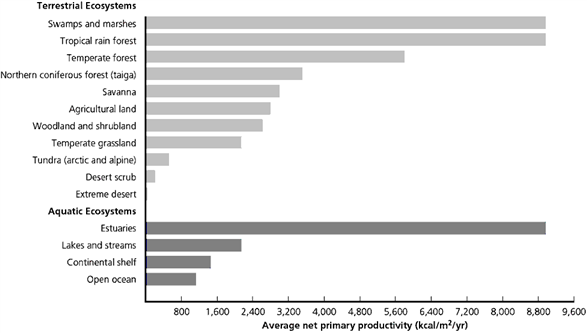Most of the world's relief features are the result of
A. movement of tectonic plates
B. rainfall
C. piling up of wind-blown debris
D. none of the choices are correct
A. movement of tectonic plates
You might also like to view...
A location distinguished by specific physical and cultural characteristics is a
A) place. B) space. C) site. D) situation. E) culture.
Which of the following activities have contributed the greatest amount of carbon dioxide to the atmosphere over the past 100 years?
A) Increased farming and production of grains B) Increased reliance upon coal, oil, and natural gas C) Deforestation of rain forests and other parts of the world D) Volcanic eruptions and widespread forest fires

What will be an ideal response?
HDI is function of
A) standard of living, education, and health. B) standard of living, environmental health, and democracy. C) education, health, and democracy. D) fair trade, sustainability, and education. E) low debt, education, and health.